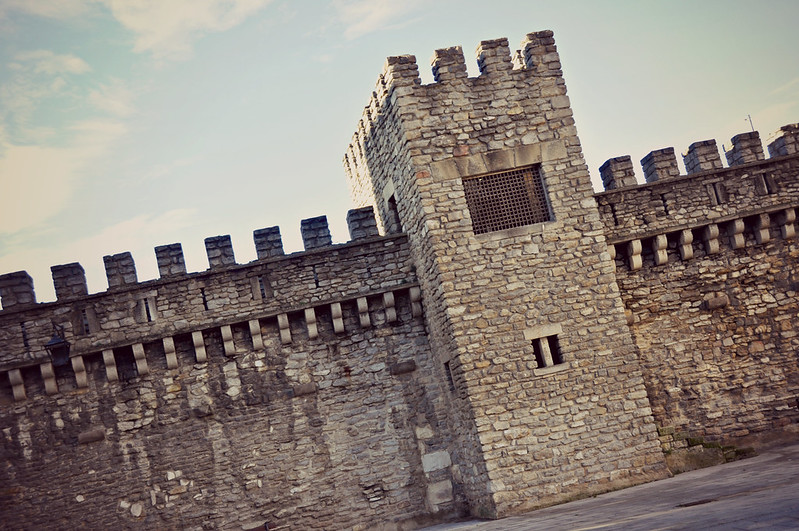
Dizem que o centro histórico de Vitória e a sua zona mais antiga é conhecida como a "almendra medieval" pela sua forma de amêndoa. A muralha ajudava a dar-lhe essa forma e foi construída durante o século XI e era parte de uma fortaleza que ajudava a proteger a colina onde estava instalada a cidade. Hoje podemos ver uma parte de essa antiga muralha que encontramos em dois lugares diferentes.
They say that the historical center of Vitoria and its oldest part is known as the "medieval almond" for its almond shape. The wall helped to give it this form and was built during the eleventh century and was part of a fortress that helped protect the hill where it the city was installed. Today we can see a part of the ancient wall that found in two different places.
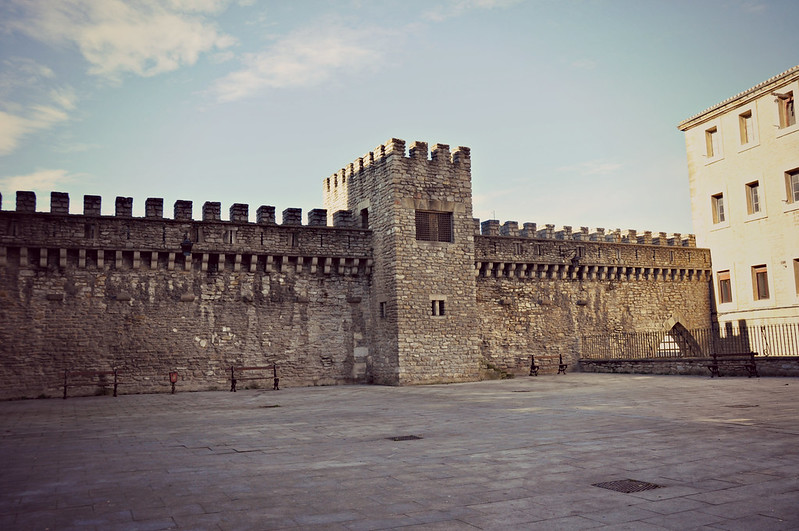
A primeira parte da muralha que visitámos conserva a pedra original do século XI mas para simular a que seria real nessa altura tem também uma parte construída em madeira. Na mesma zona estão os antigos jardins do Palácio de Montehermoso (século XVI) dos quais pouco ou nada se pode ver, apenas vemos a placa a indicar que existiram. Mais á frente encontramos uma parte da muralha Navarra construída no século XII e no pátio encontramos o Palácio Escoriaza Esquivel do século XVI.
The first part of the wall that we visited retains the original stone of the eleventh century but to simulate what would be real at that time they also builted a part in wood. In the same área are the ancient gardens of Montehermoso Palace (XVI century) of which little or nothing you can see, we only see the sign that they existed. More ahead we find a part of the Navarra wall built in the twelfth century and in the courtyard we can see the Escoriaza Esquivel Palace of the sixteenth century.

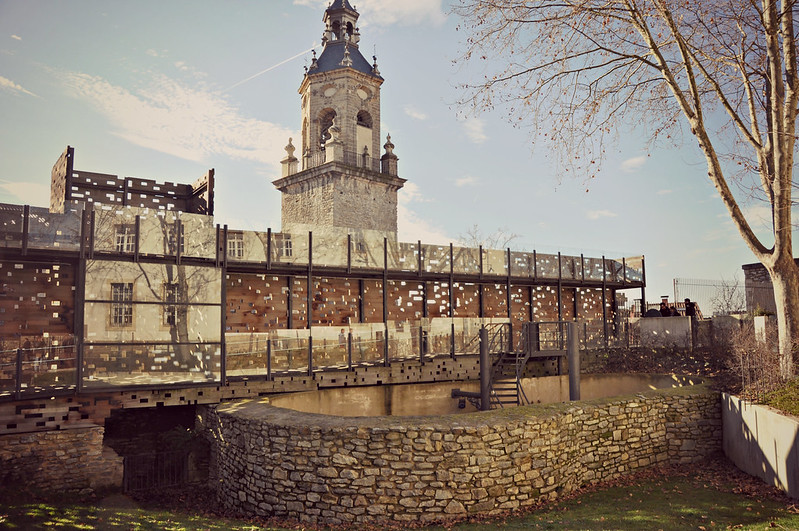
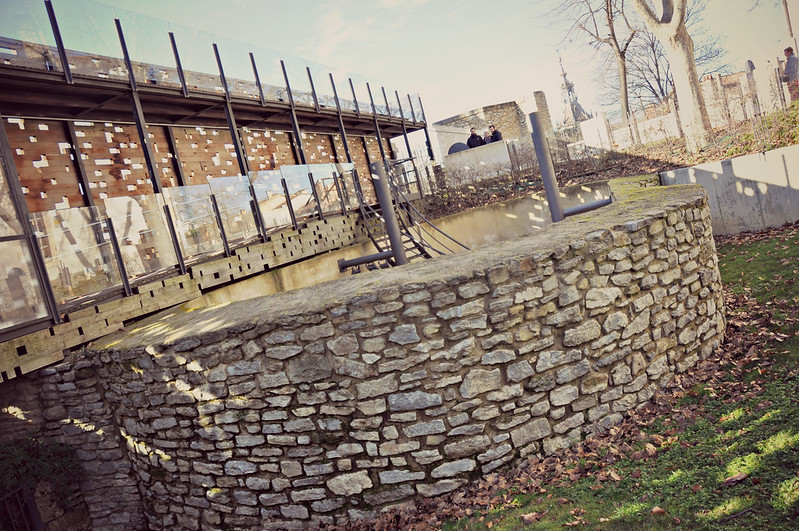
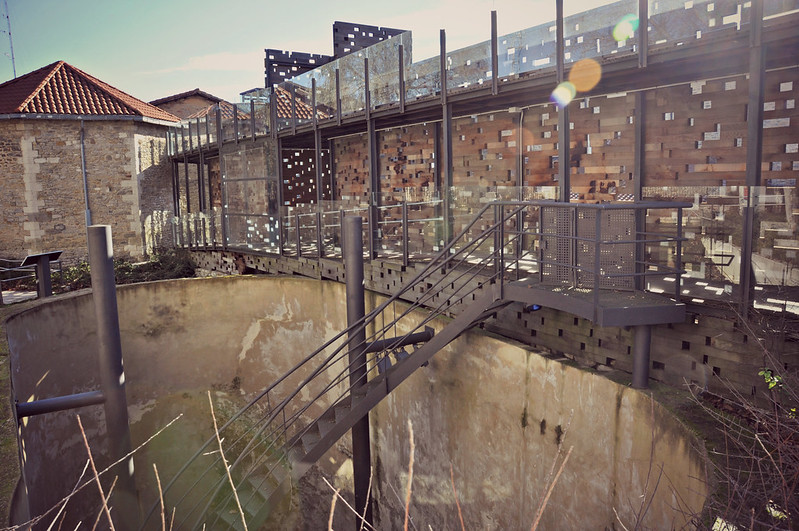
Our guide of:

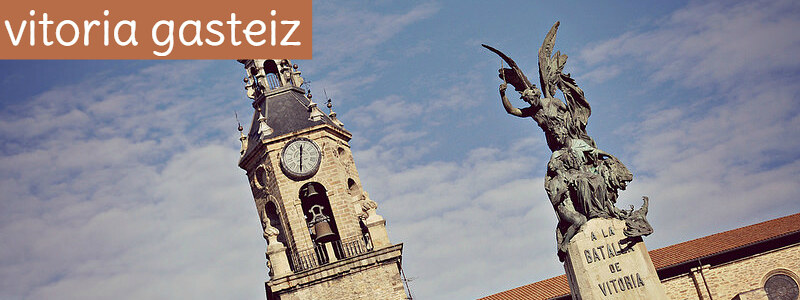
Sem comentários:
Enviar um comentário